Stone Fruit Varieties: Growing Stone Fruit In The Garden
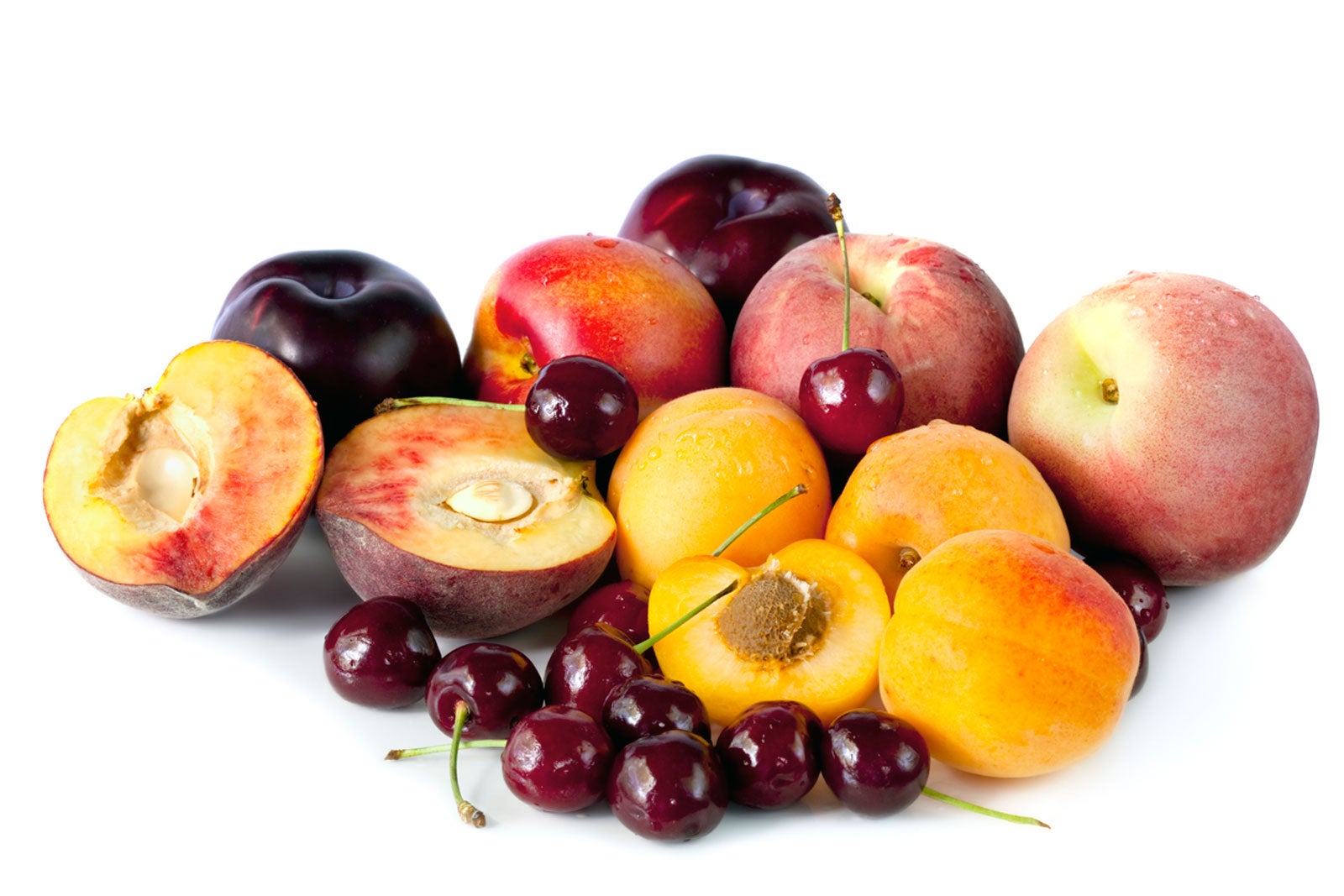
You may not know it, but chances are very good you’ve had stone fruit before. There are numerous stone fruit varieties; you might even be growing stone fruit in the garden already. So, what is a stone fruit? Here’s a hint, it comes from a stone fruit tree. Confused? Read on to learn some stone fruit facts and tips on growing these fruit trees in the garden.
What is Stone Fruit?
The term ‘stone fruit’ sounds uninviting, but trust me, it contradicts the succulent, juicy fruit it’s actually in reference to. Stone fruit is the mantle under which tender fruit such as plums, peaches, nectarines, apricots, and cherries fall.
What do all of these fruits have in common? Each has a hard pit or seed inside the otherwise wonderful flesh of the fruit. The seed is so impenetrable it has come to be known as a stone.
Stone Fruit Facts
Most stone fruit varieties are native to warmer regions and are highly susceptible to winter injuries. They bloom earlier in spring than pome fruits, such as apples, and the unpredictable spring weather makes them more likely to suffer frost damage.
All this means is that growing a stone fruit tree in the garden poses special challenges for the gardener. Location is the key to the survival of the tree. It needs to be provided aeration, water drainage, and wind protection. The tree must be watched over, as it is vulnerable to a variety of insects and diseases.
Of the stone fruit varieties, peaches, nectarines, and apricots are less hardy than their cousins cherries and plums. All varieties are susceptible to brown rot disease but especially apricot, sweet cherry, and peach.
Additional Stone Fruit Tree Info
Trees can range in height from 20 to 30 feet (6-9 m.) and 15 to 25 feet (5-8 m.) across and can be grown from USDA zones 7 to 10, depending upon the cultivar. Most are rapid growers that achieve a pyramid to oval shape that can be pruned. They prefer moist, well-draining soil in full sun and are pH adaptable.
Gardening tips, videos, info and more delivered right to your inbox!
Sign up for the Gardening Know How newsletter today and receive a free copy of our e-book "How to Grow Delicious Tomatoes".
With their showy spring blooms, these types of fruit trees are often planted as ornamentals, but they produce delicious fruit too. Stone fruit has a shorter shelf life than pome fruits; however, the fruit from a stone fruit tree can be eaten fresh, juiced, or preserved for later use by either drying, canning, or freezing.

Amy Grant has been gardening for 30 years and writing for 15. A professional chef and caterer, Amy's area of expertise is culinary gardening.
-
 Looking For Plants To Give You The Soft And Fuzzies? Try These 5 Fuzzy Leaf Plant Options
Looking For Plants To Give You The Soft And Fuzzies? Try These 5 Fuzzy Leaf Plant OptionsLovers of texture, drama, silver foliage and tactile plants will adore these special sensory garden additions. These fuzzy leaf plant options will leave you all aglow
By Susan Albert
-
 Get Ready For A Summer Of Hummers! Grow These Full Sun Hummingbird Plants and Flowers
Get Ready For A Summer Of Hummers! Grow These Full Sun Hummingbird Plants and FlowersIf you’re lucky enough to enjoy a sunny backyard, make sure you are maxing out on your pollinator opportunities and grow these full sun hummingbird plants and flowers
By Tonya Barnett
-
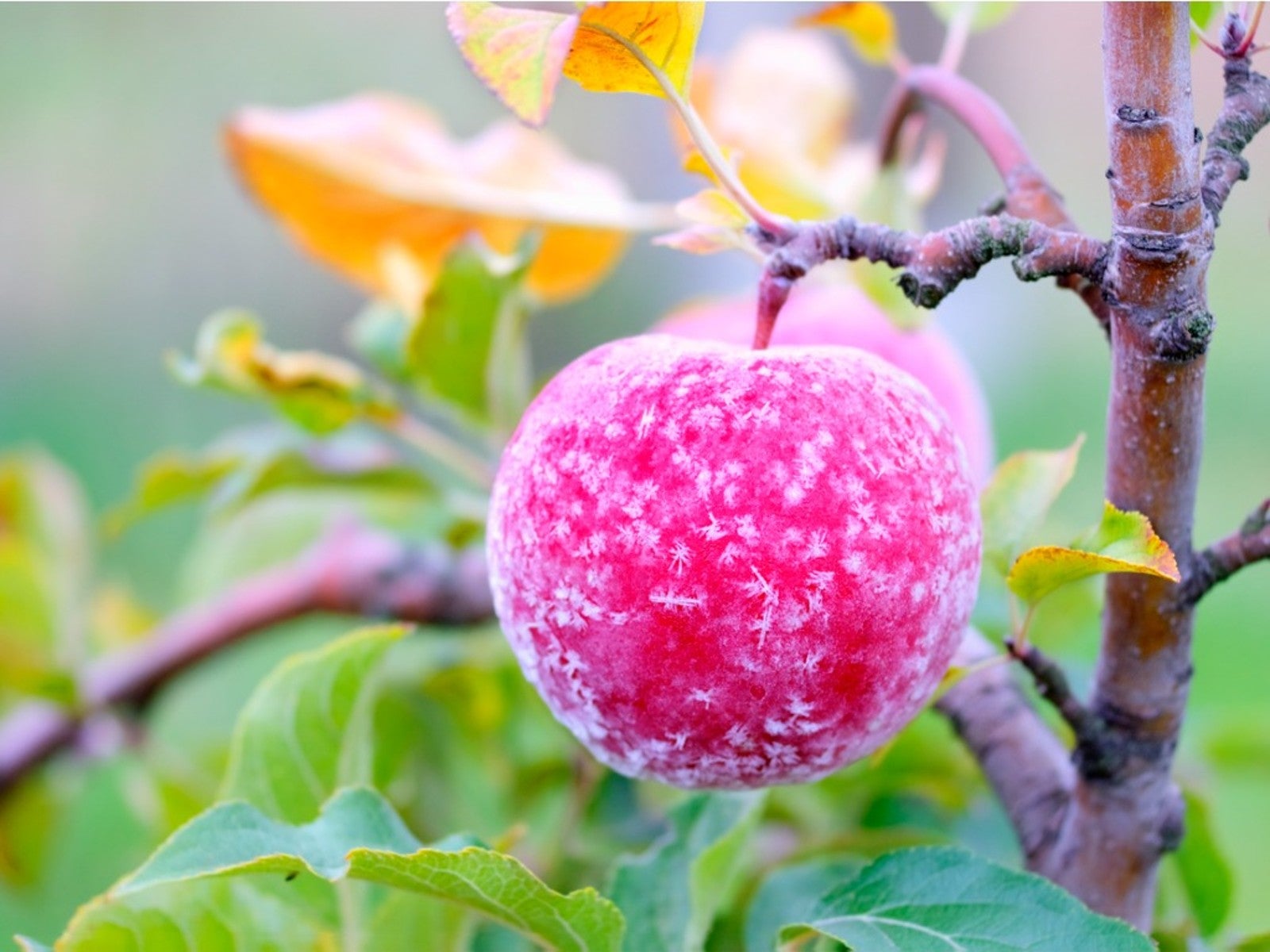 How To Protect Fruit Trees From Frost And Freeze
How To Protect Fruit Trees From Frost And FreezeChoosing fruit trees appropriate for your growing zone is best, but you still may need to protect them from extreme cold. Read how.
By Bonnie L. Grant
-
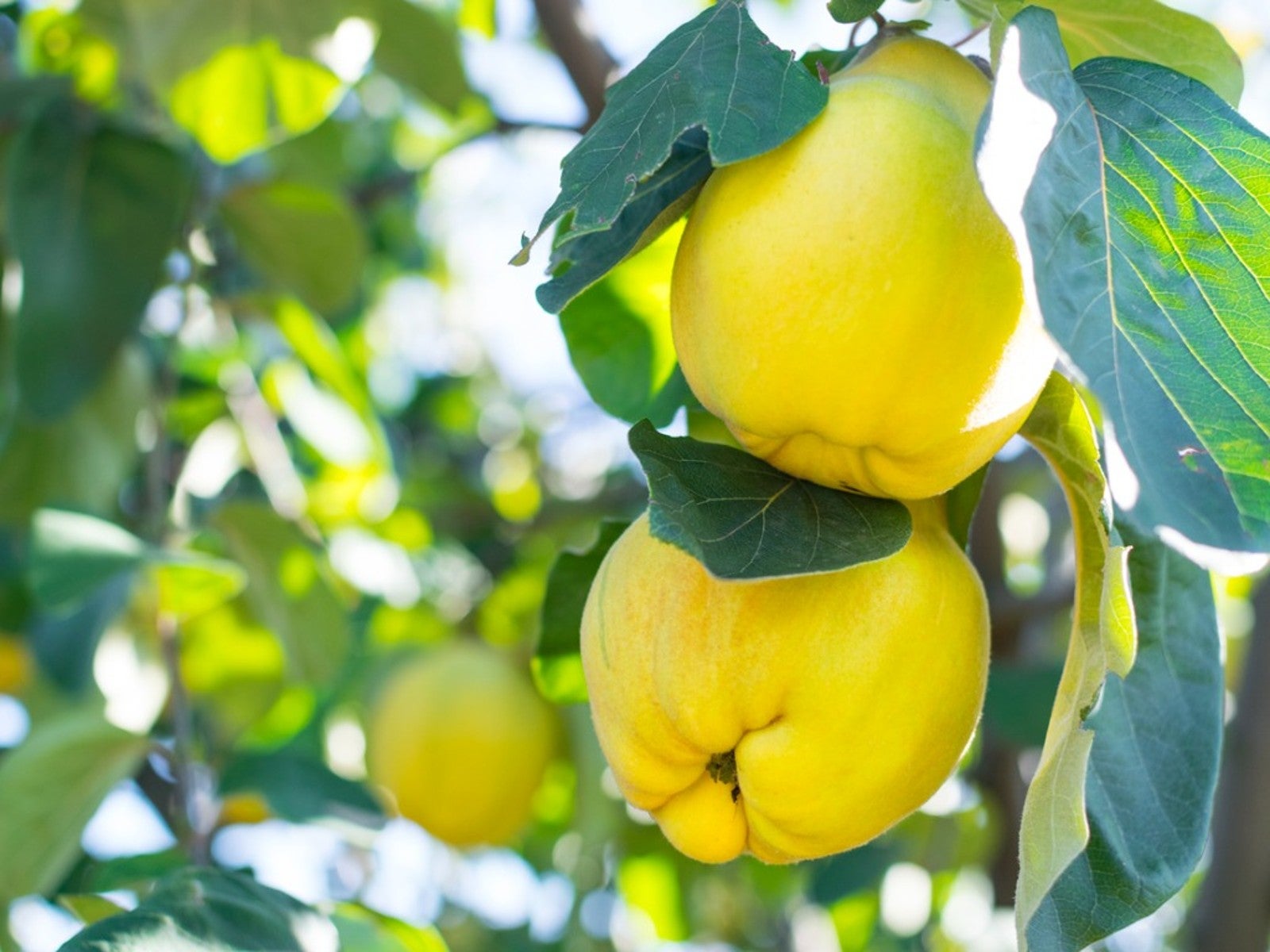 Best Plants For Late Summer and Fall Fruit Harvest
Best Plants For Late Summer and Fall Fruit HarvestEven if you don’t have the optimal conditions for more common fruit trees, there are other end of summer fruits to enjoy.
By Teo Spengler
-
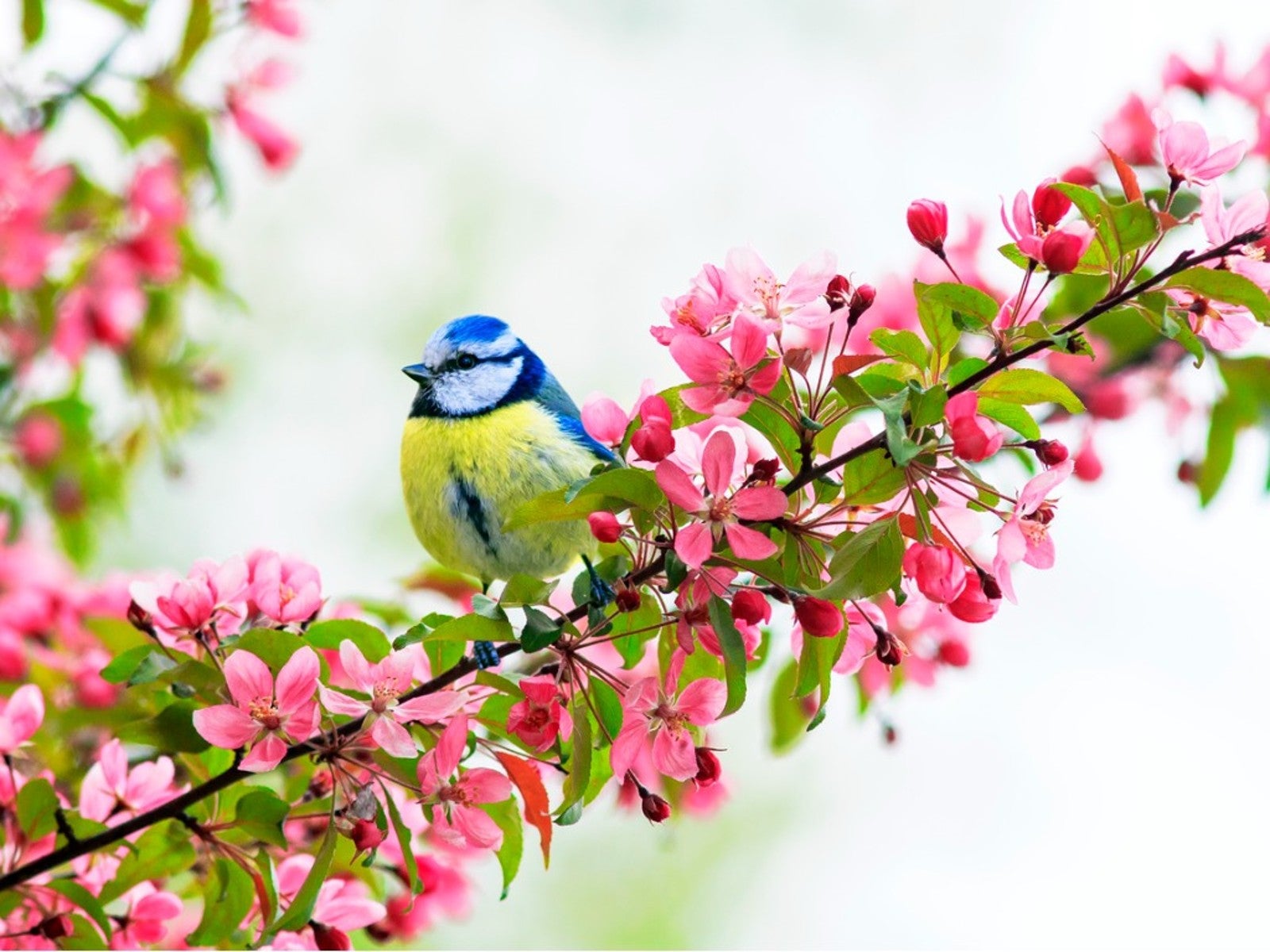 Best Native Fruit Trees To Support Wildlife
Best Native Fruit Trees To Support WildlifeIf you want trees that will attract and feed wildlife, learn the best kinds of edible fruit and nut trees to plant for inviting specific creatures.
By Teo Spengler
-
 Orange Fruit Varieties: Growing Fruits That Are Orange
Orange Fruit Varieties: Growing Fruits That Are OrangeOrange colored fruit isn’t limited to the citrus orange. There are plenty of other orange colored fruit varieties, each packing a healthful punch. Read on for more.
By Amy Grant
-
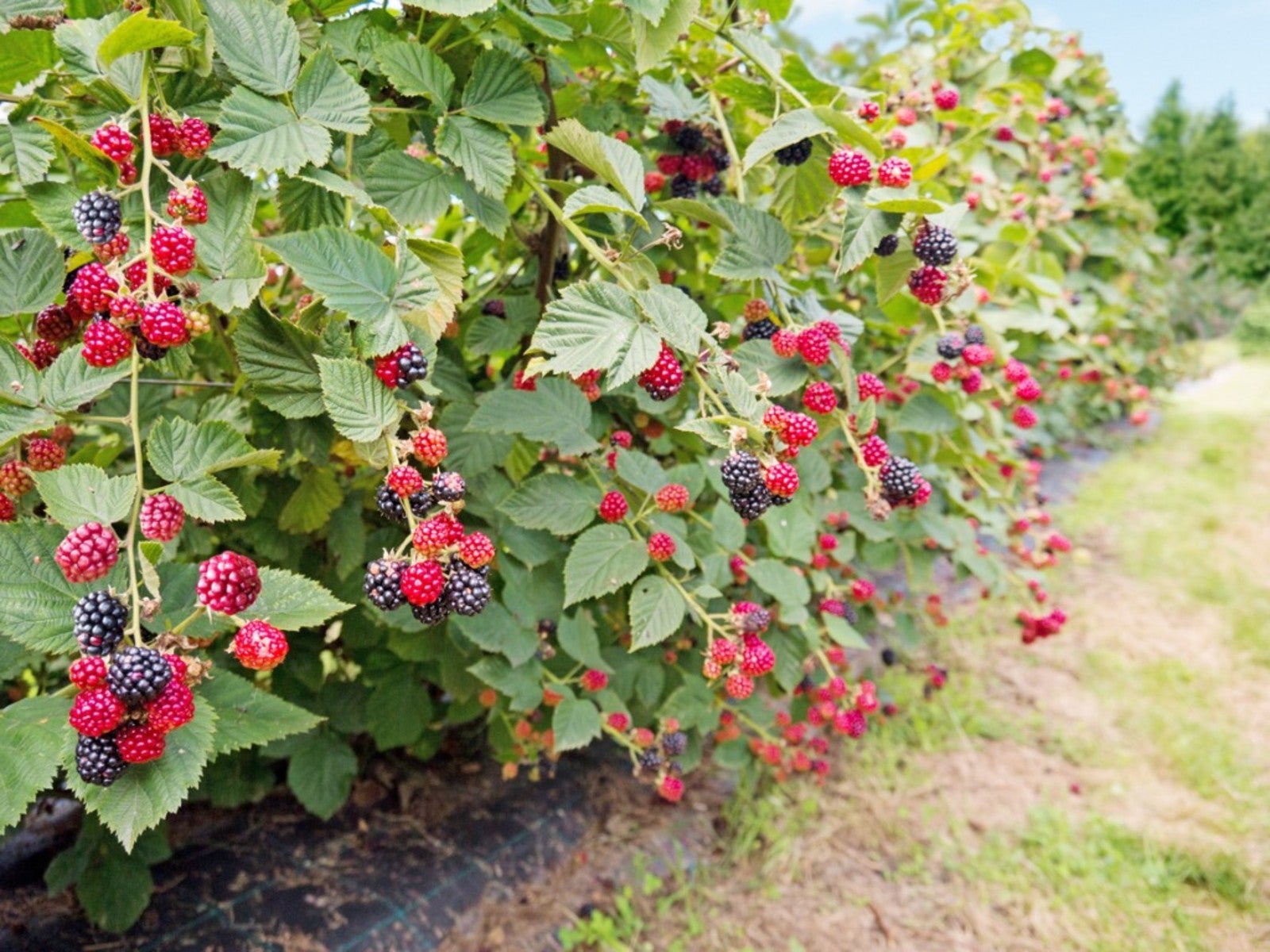 Everbearing Plants: Learn About Everbearing Varieties Of Fruit
Everbearing Plants: Learn About Everbearing Varieties Of FruitWhat does everbearing mean? And more importantly, how do everbearing varieties differ from non-everbearing types? Read on for more.
By Laura Miller
-
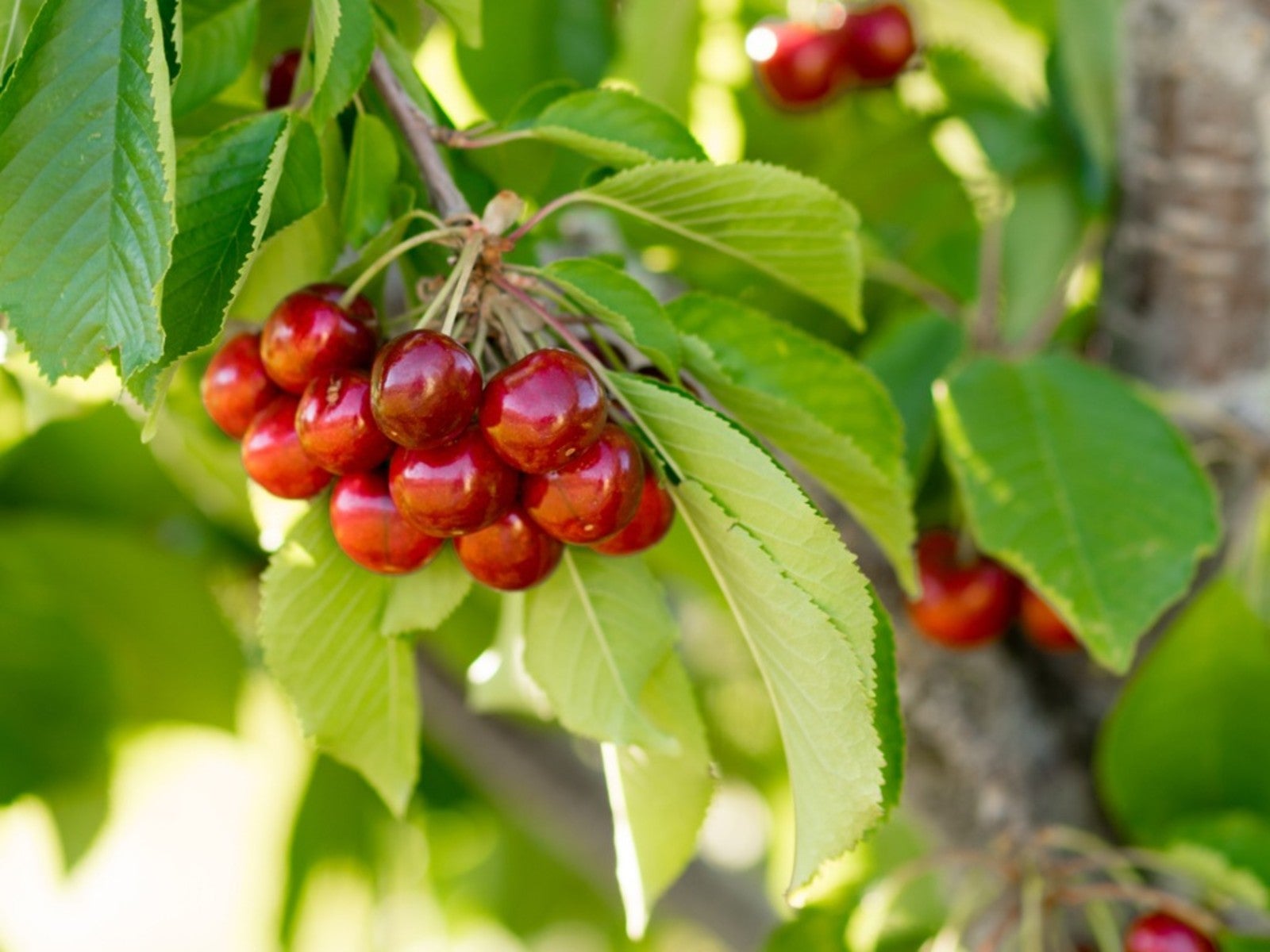 Plant A Red Fruit Garden: Growing Fruits With Red Flesh
Plant A Red Fruit Garden: Growing Fruits With Red FleshPlanting a red fruit garden may seem a bit whimsical. That is, until you realize the health benefits of consuming fruits with red flesh.
By Laura Miller
-
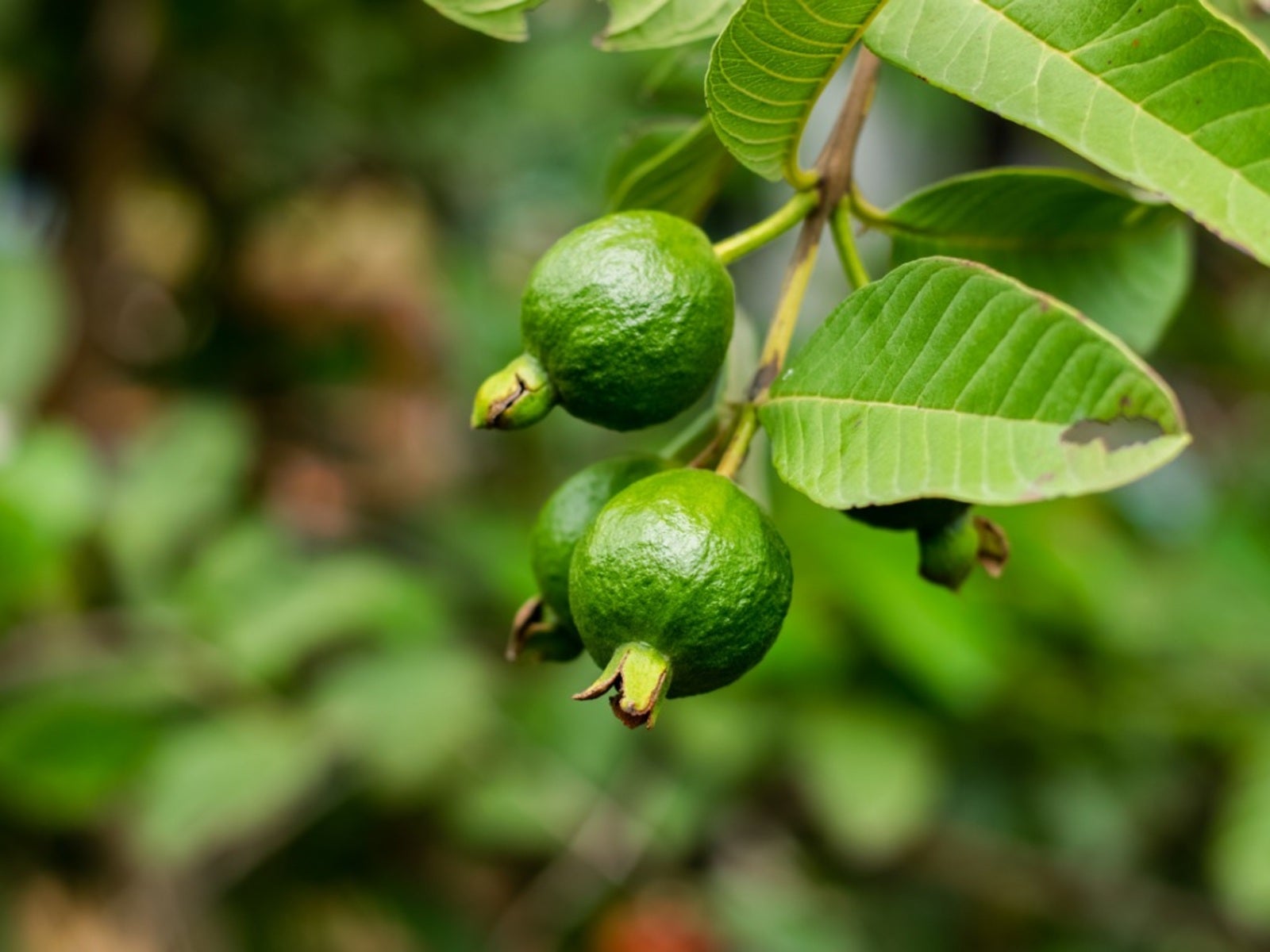 Heat Tolerant Fruits - Growing Fruit In Hot Weather
Heat Tolerant Fruits - Growing Fruit In Hot WeatherSome fruit grows in extreme heat naturally. But there are also specially cultivated, heat-tolerant varieties. For more information on heat tolerant fruits, read on.
By Teo Spengler
-
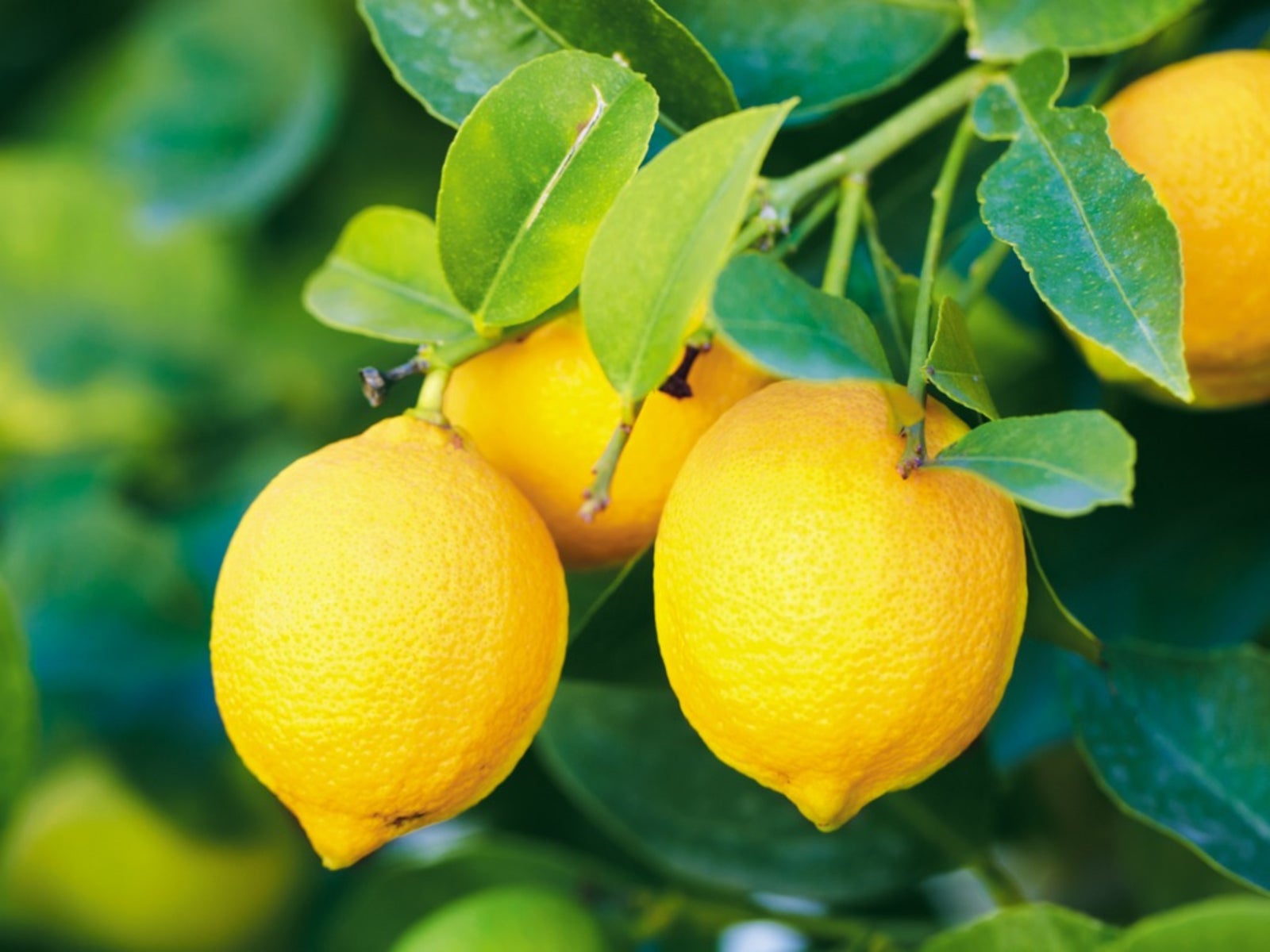 Yellow Fruit Varieties - Growing Fruit That Is Yellow
Yellow Fruit Varieties - Growing Fruit That Is YellowWhat fruit is yellow? There's more than the bananas at the supermarket. Try growing yellow fruit for a consistent supply of sunny food.
By Bonnie L. Grant